Treatment of orchids from our terrace
I gave my wife a wonderful colorful orchid a few years ago. But...
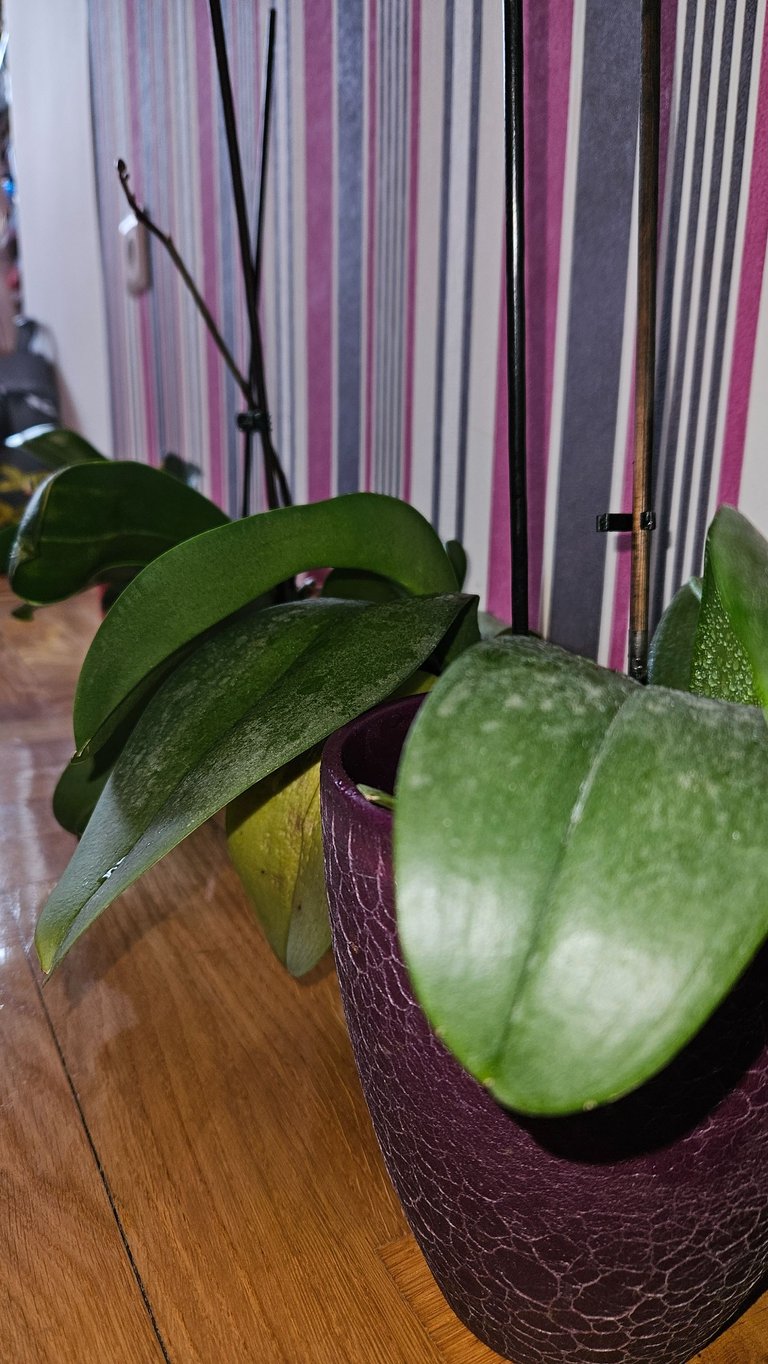
When the orchid bloomed, we were left with only its beautiful green leaves and two branches that were starting to dry... Branches that used to have beautiful flowers.
The salesman and florist told us: "You just need to wait for the flowers to bloom again on that old branch...".
Since they did not bloom, after 6 months we bought another orchid.
When she also bloomed, since the first one still hadn't bloomed, we bought a third and a fourth.
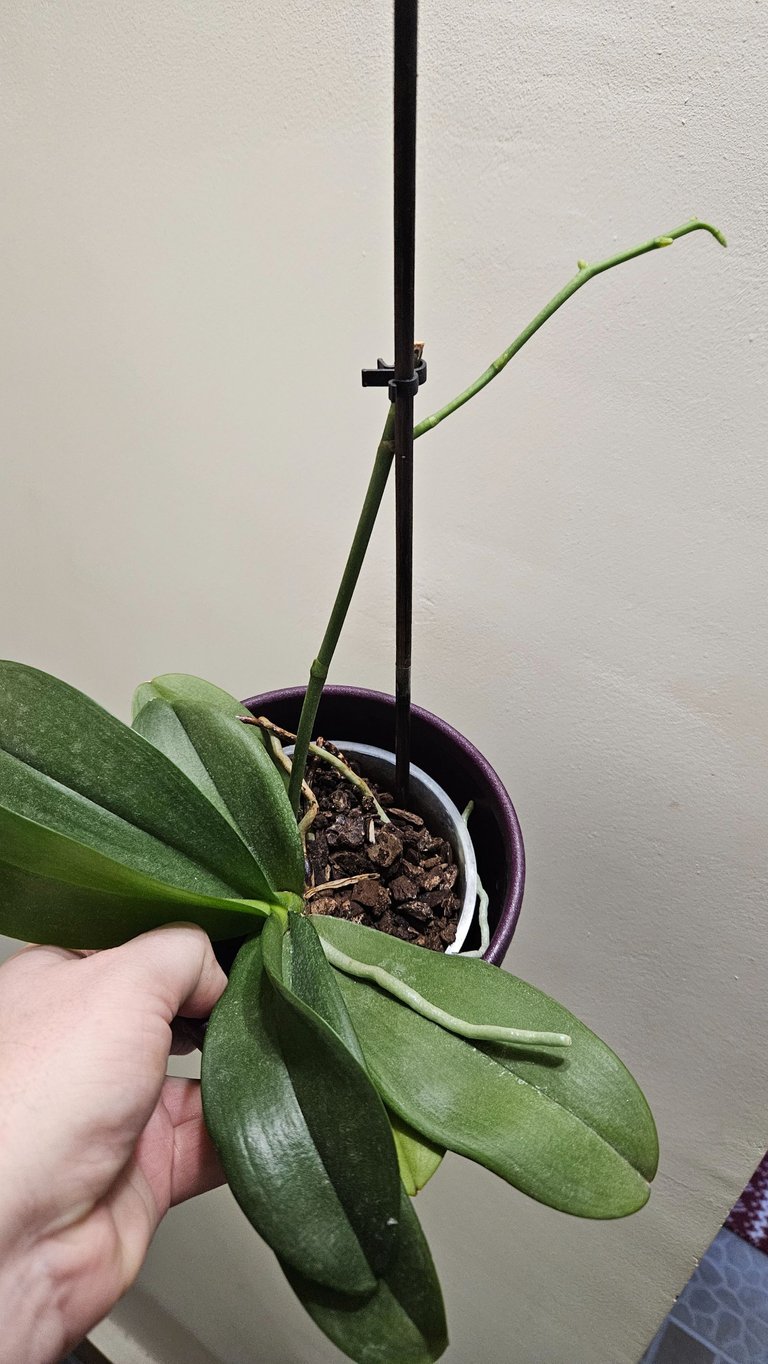
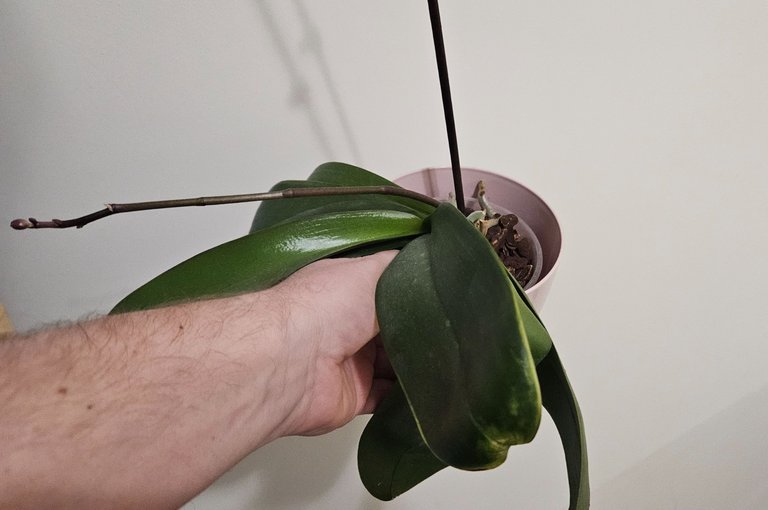
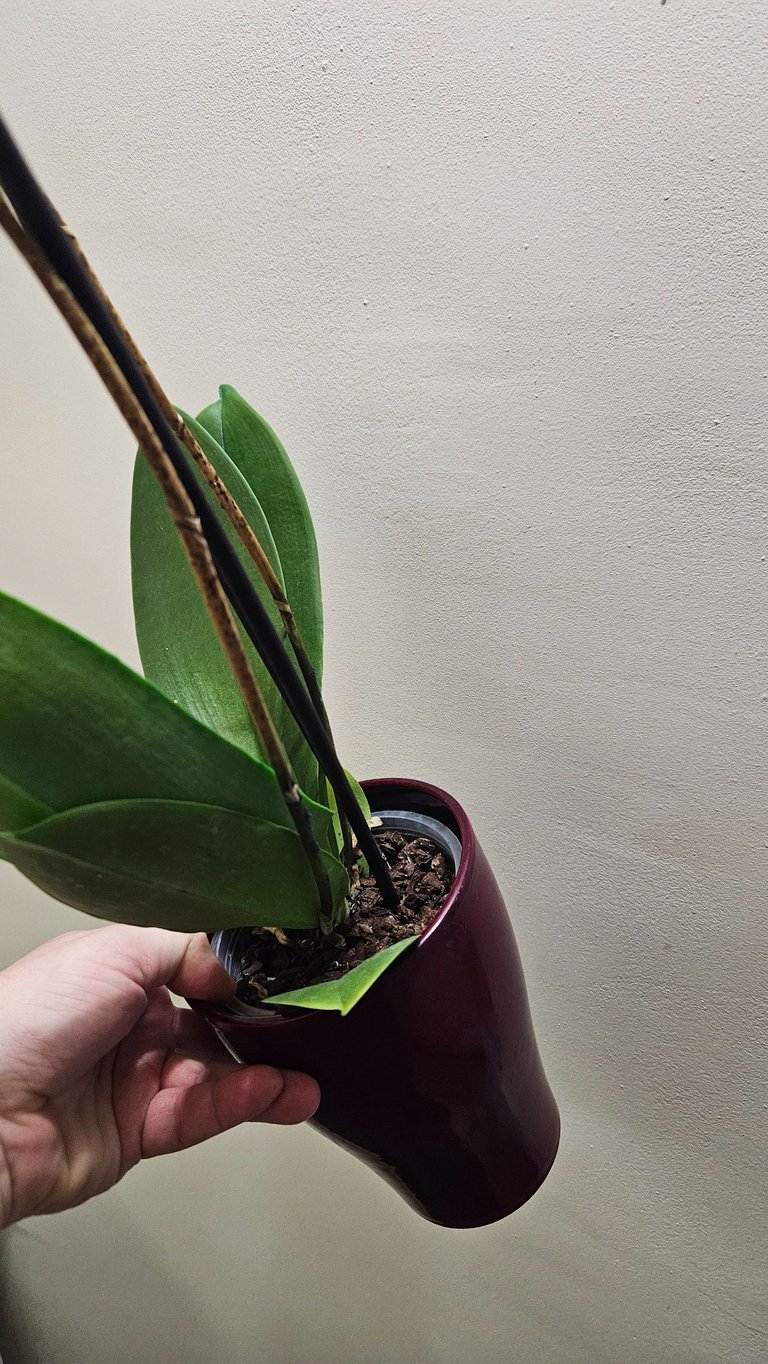
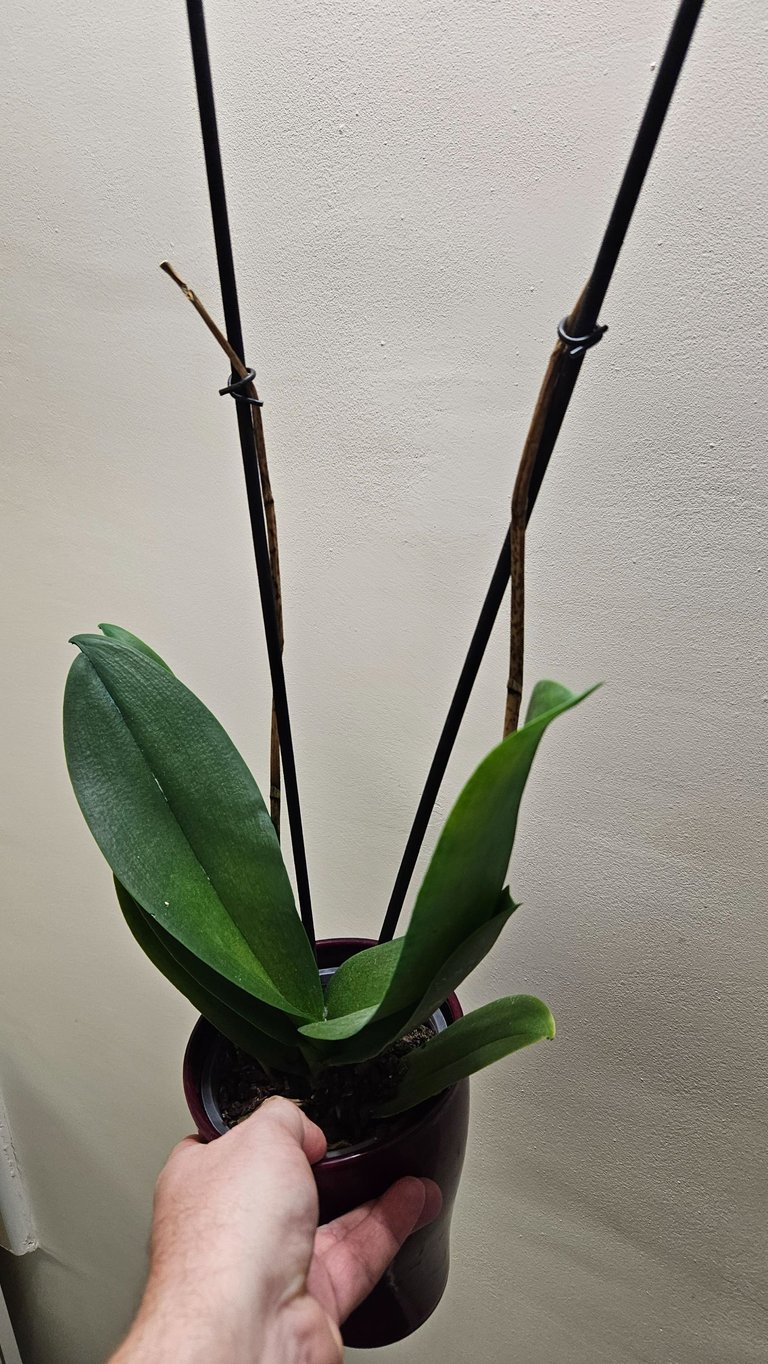
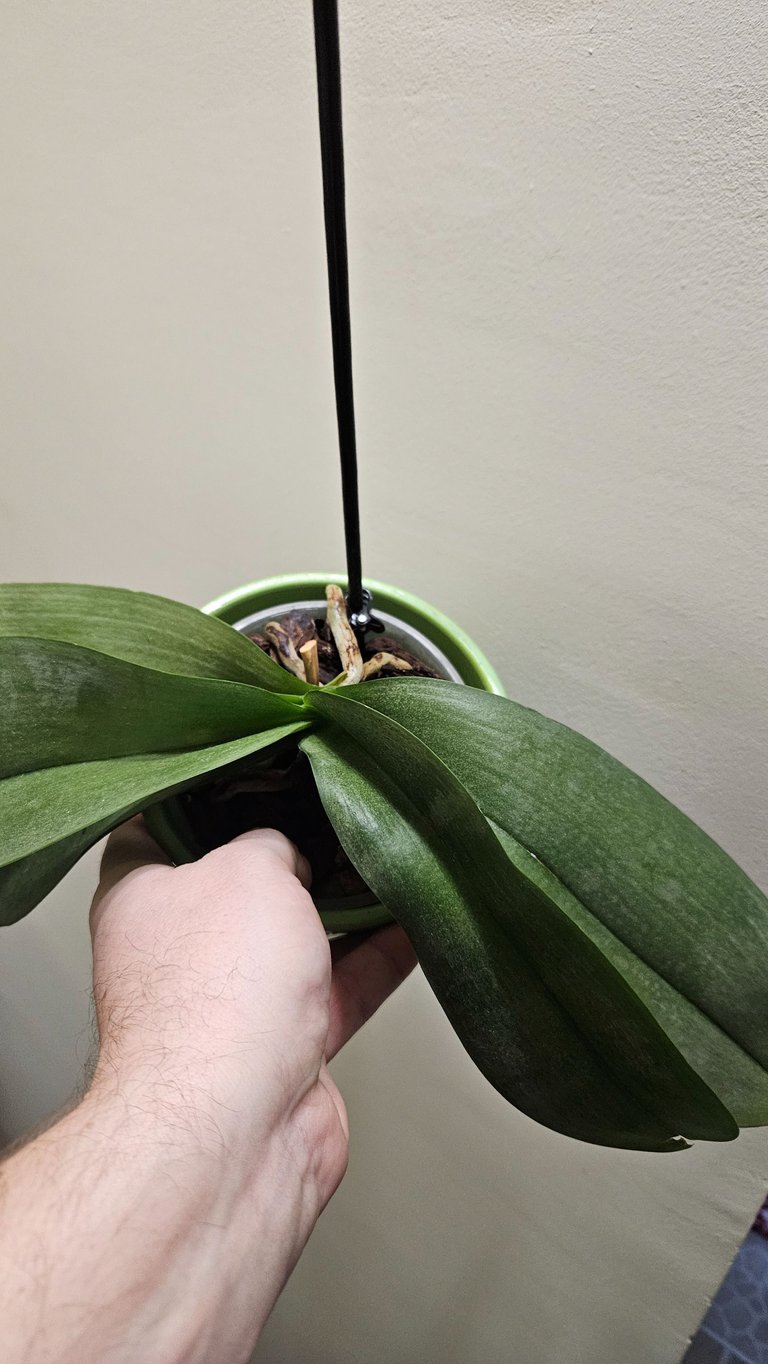
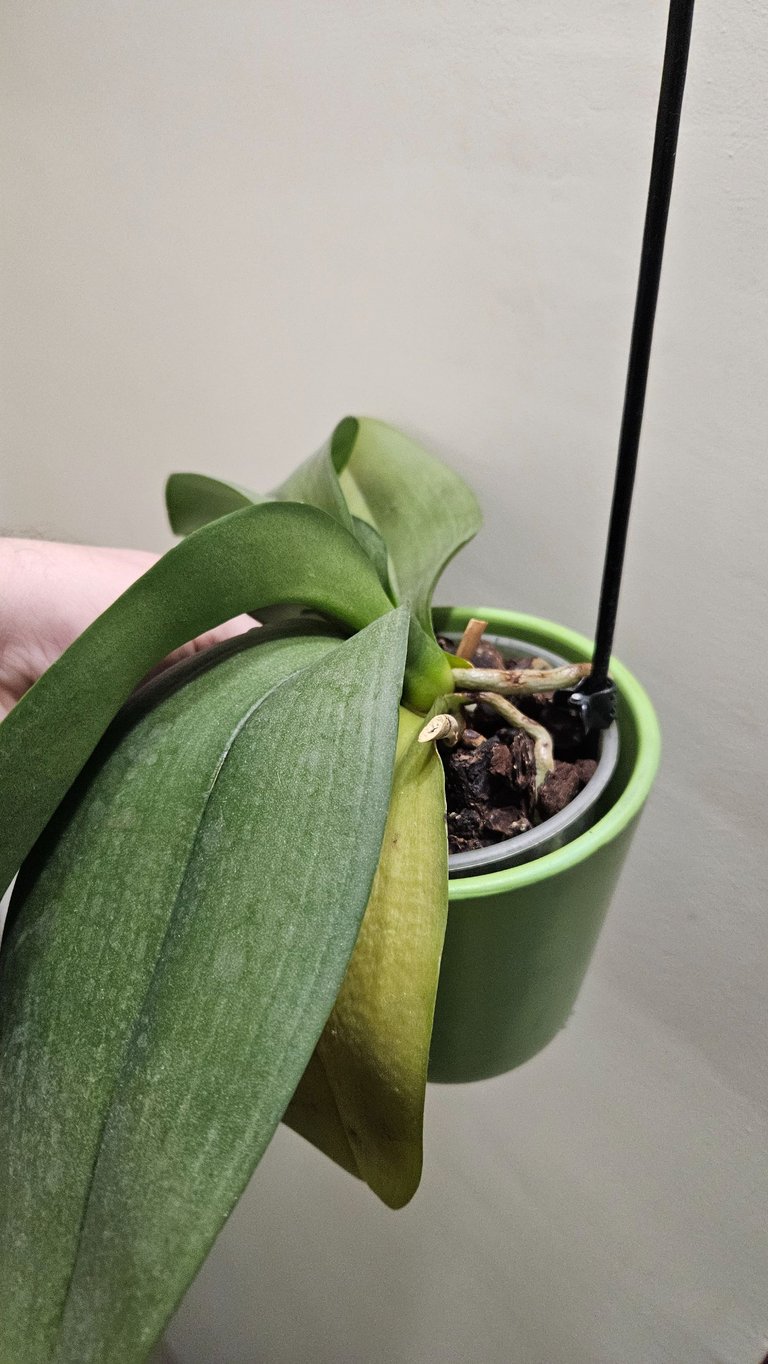
So we are stuck with four orchids on the terrace, which have not bloomed for over three years...
Disappointed by this fact, I started searching the Internet and found a video where a botanist shares tips on orchid maintenance.
After carefully watching the video, I decided to try the recovery of our orchids myself.
I did that first intervention at the beginning of last year, after which all four orchids bloomed beautifully.
Now after a year, when we have another added orchid that has overbloomed, it is time for another regular intervention on them.
I had a bit more time this weekend, as the weather outside was ugly and I decided to give this orchid treatment a go.
The procedure is not complicated.
Just a little care is needed, since you are in contact with the delicate roots of the plant.
The procedure is as follows:
Place the orchid on its side and spread the substrate from the pot, which covers the roots of the plant.
Carefully remove each piece of tree bark to reach all the vessels of the root system. Remove any vein that is rotten by peeling off the rotten part of the vein, so that the thin central parts remain, which look like threads.
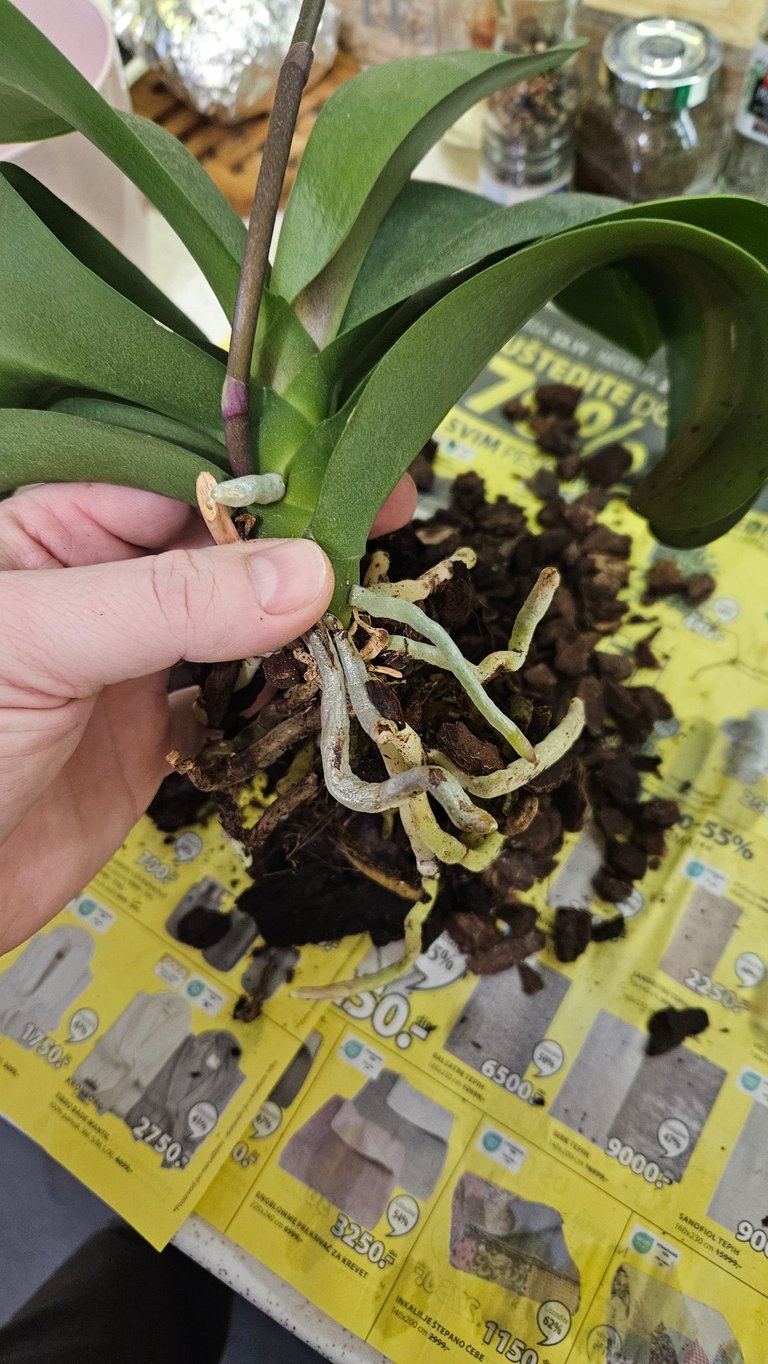
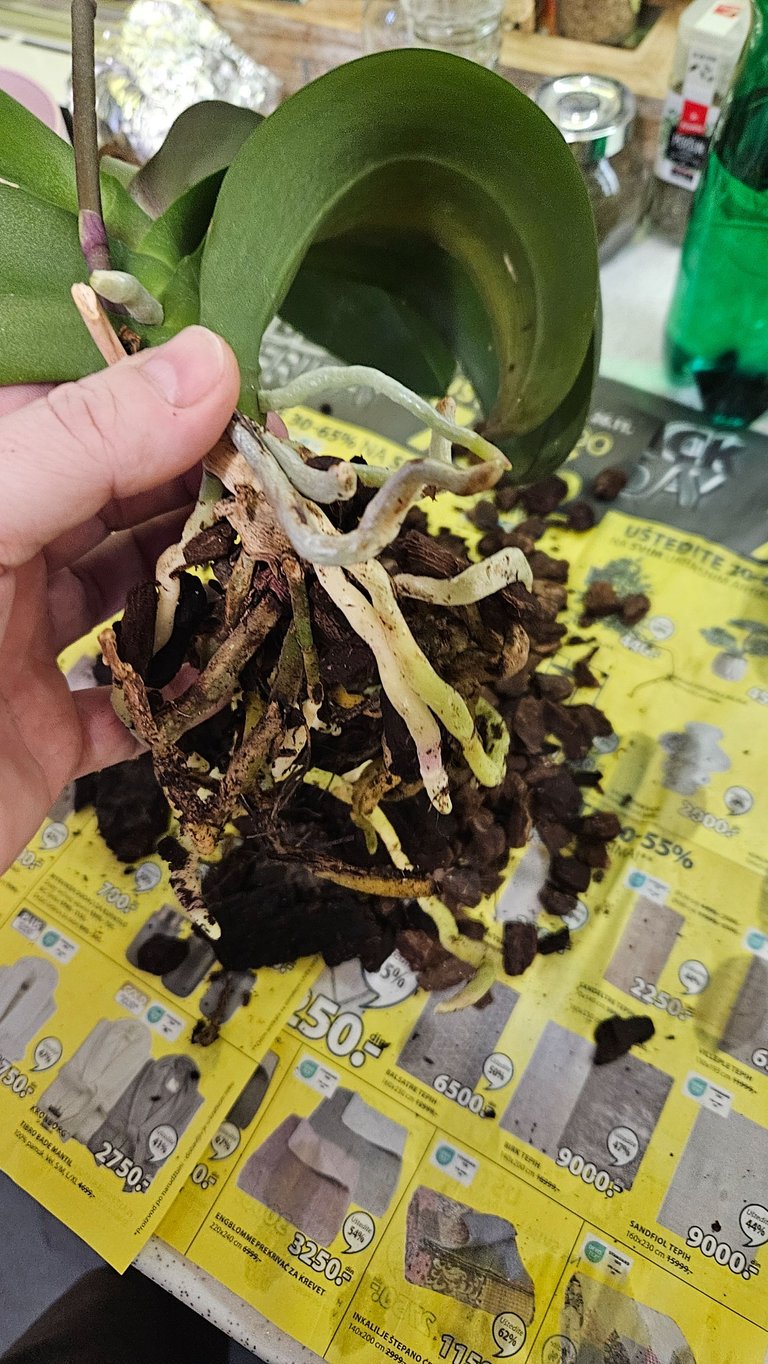
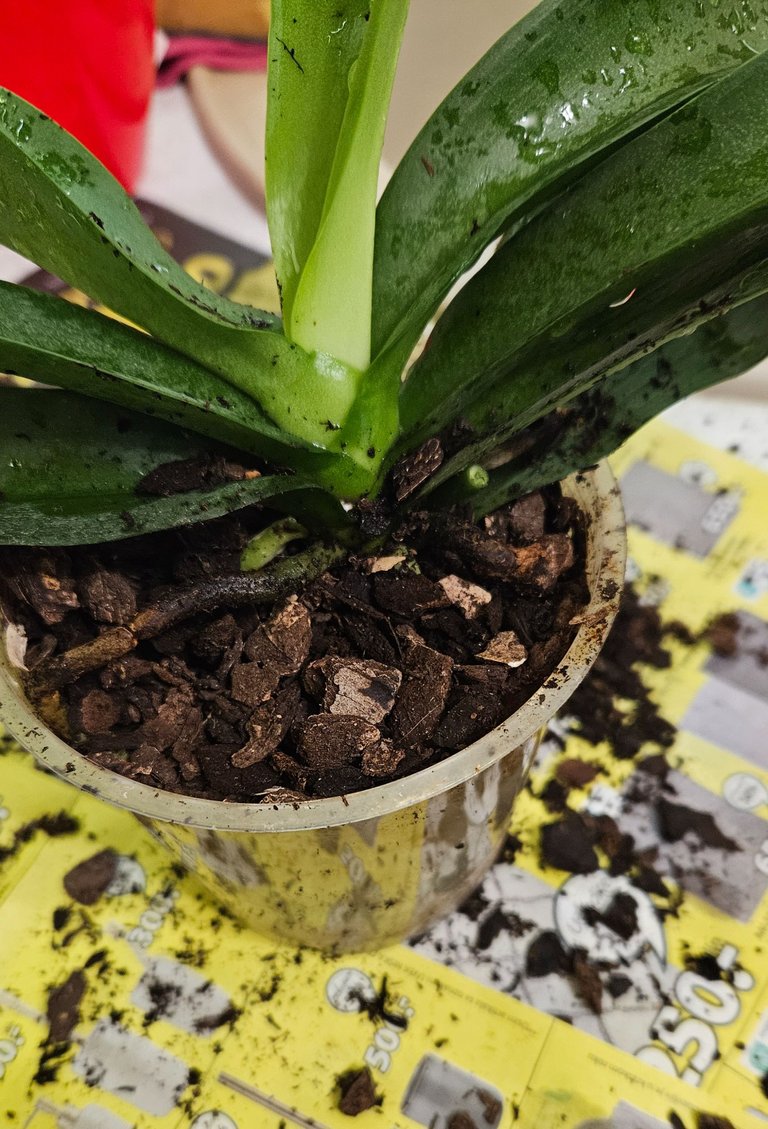
After that, as close as possible to the root of the stem, you cut the dried branches on which the flowers used to grow.
Remove all leaves that have started to dry (leaves that have started to turn yellow and are soft).
When you have completely arranged the roots and dry branches, return the plant to the same pot.
You pack the veins of the root system, so that not one of them crosses the edge of the pot, and you return to the pot (pour back) all the substrate that you removed from the pot.
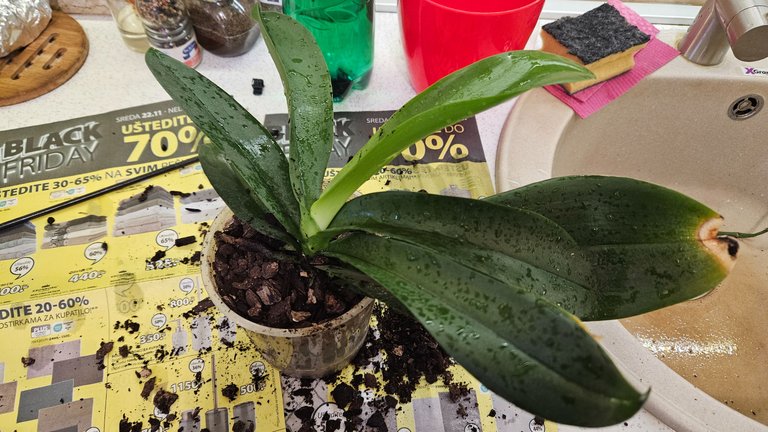
After filling the pot, so that the substrate covers the root system, the orchids are watered.
I water them by soaking, directly in a pot filled to the top with room temperature water, because the orchids we have like a temperature of 20-25°C.
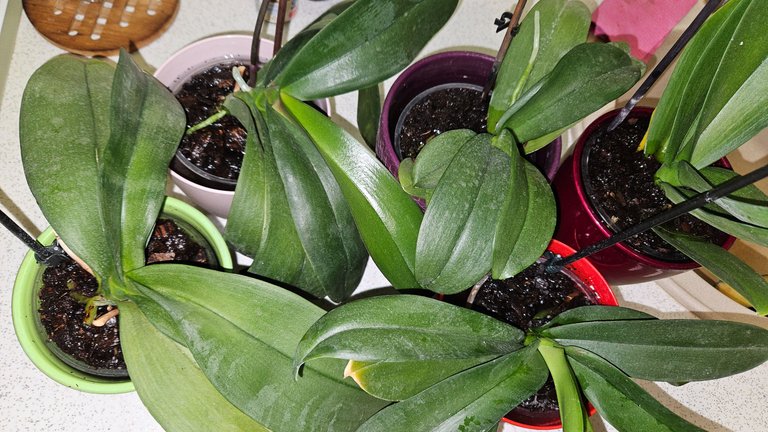
After an hour, when the substrate has soaked well, to provide the root system with enough humidity for a week, I spill the water from the pots and arrange the orchids in their place in the room.

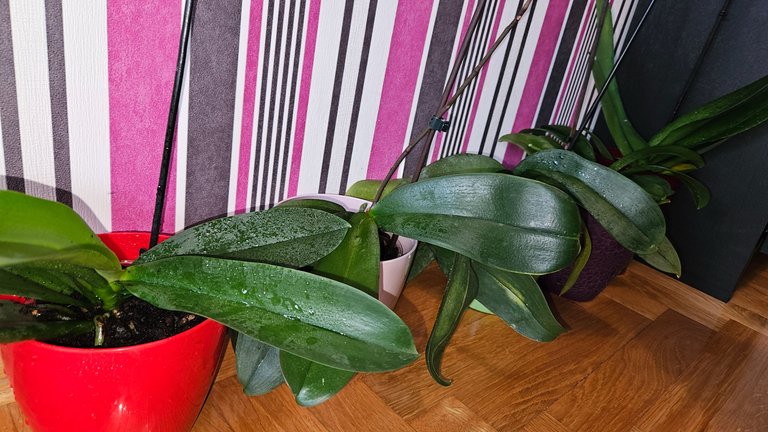
We just have to wait for some time, in order to see if this year's transplant will also give results - beautiful flowers on all five orchids.
I hope you liked this post and that if you too have orchids that do not bloom, you will apply this procedure that will be successful and will produce beautiful flowers as a result.
Thank you for stopping by my post and I hope you enjoyed the photos and the story I shared with you
All photos are my property, taken with a mobile phone
Greetings @duskobgd I am trying to grow orchids but I can't get them to become beautiful let alone bloom. Maybe it is that the temperature in my locality is too hot. I have not tried to keep them indoors as I consider their habitat to be outdoors. I have read that in pots they grow better if they are transparent, that's why I'm curious if they grow very well in the pots you use.
Greetings to you too dear @alborhada 🙂
Our orchids stand in a closed terrace, where during the winter it is a few °C plus, and during the summer it is up to 35°C. Since the ideal temperature for them is 20-25°C, they somehow survive the summer (I water them often, increase the humidity), but when it gets cold, I have to bring them into the apartment.
Since the heating is strong in winter, I keep them on the floor, where it is freshest, around those 22, 23°C.
As for keeping them indoors, that's the only way I've seen them, since our climate is not tropical, there is no humidity and up to 25°C.
And as for the pots, we buy them in those transparent plastic ones with openings through which the excess water comes out, and the ones you see in the pictures are extra ones, in which we keep them so they don't tip over, because that plastic pot is not heavy enough.
Well done with the orchids. They also often refuse to bloom when they dont get enough light. Phalaenopsis do not like direct sunlight, but brighter spot might help.
Thanks 🙂
If I'm lucky enough to get them blooming, I'll share pictures with you 🙂
I keep them out of direct sunlight in a lighted area, The only thing I'm questioning is the amount of moisture. By manual, they should be watered once a week, but it's quite warm in my apartment, always around 25°C, so maybe every seventh day is not enough for watering...
Yes please do! I have quite a bit of them, but they do not bloom. I know they don't get enough light, but I just dont have enough space in brighter areas.
The time given in manuals can be a bit misleading. Everything depends on the size of the pot, size of the plant and amount of roots, substrate, temperature and humidity in the room they are in. So following that rule, you can easily rot them, or not water enough.
Just look at the roots - if they turn silvery grey, means the substrate is dry and it is safe to water. If they stay light green - do not water yet.
Also I think it is always better to wait one or two more days than water too often and cause the roots to rot. All the strings you have been taking out while repotting are leftovers from rotten roots.
This is the second repoting for 4 pots. The first time there were a lot more rotten roots. Now I thinned the substrate, I gave the roots room to "breathe" the moisture... I hope it's good for them. I will see the result in the coming months 🙂
It sounds good. Fingers crossed :)
Thanks for support🙂